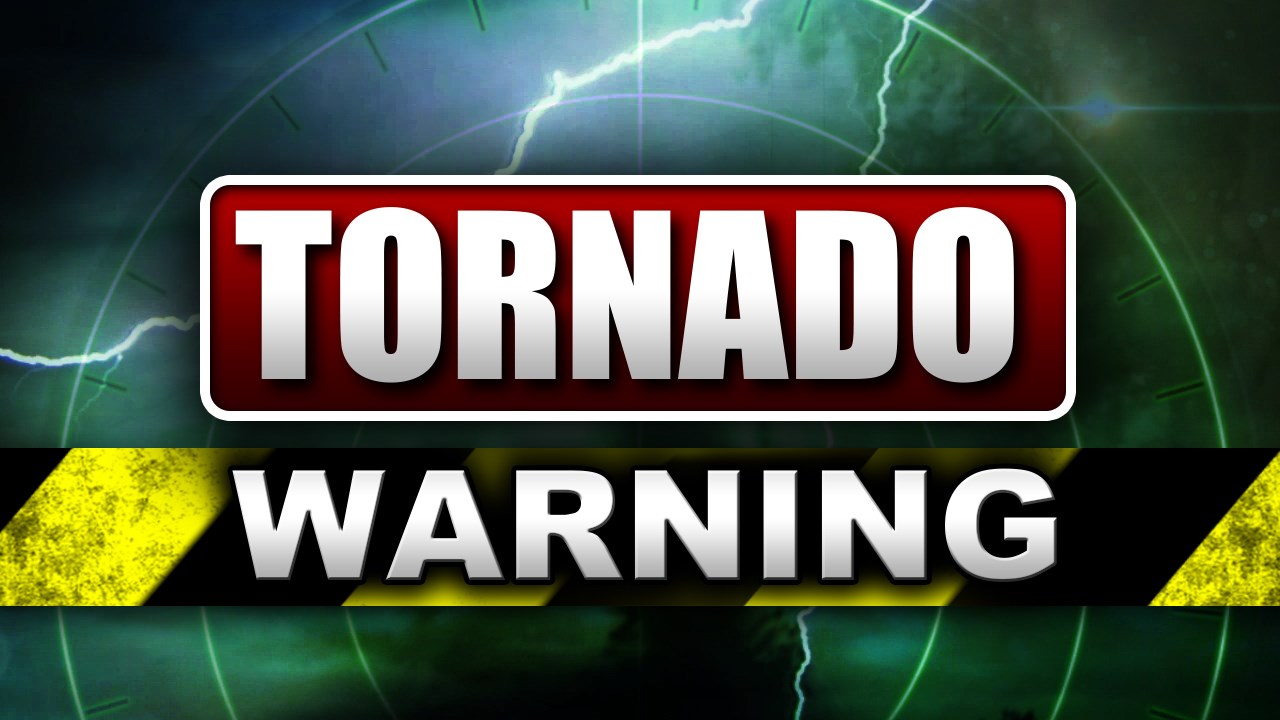Understanding Tornado Warnings

A tornado warning is a notification issued by the National Weather Service when a tornado has been spotted or is indicated by radar. It is crucial to understand the different levels of tornado warnings and the typical lead time they provide to ensure you take appropriate action to stay safe.
Amidst the ominous roar of an approaching tornado warning, we find solace in technology’s watchful eye. With the hurricane beryl path tracker at our fingertips, we can navigate the treacherous path of these meteorological giants, predicting their trajectory and staying one step ahead of their destructive wrath.
As the tornado warning sirens blare, we turn to this digital compass, our lifeline in the face of nature’s fury.
Levels of Tornado Warnings
There are two primary levels of tornado warnings:
- Tornado Watch: A tornado watch indicates that conditions are favorable for tornadoes to develop in a specific area. While a tornado watch does not guarantee a tornado will occur, it is essential to stay alert and monitor weather conditions closely.
- Tornado Warning: A tornado warning means a tornado has been spotted or is indicated by radar. When a tornado warning is issued, it is crucial to take immediate action to seek shelter.
Lead Time for Tornado Warnings
The lead time provided by tornado warnings can vary depending on several factors, including the speed and direction of the storm. On average, most tornado warnings provide a lead time of 10 to 15 minutes. However, it is important to note that lead times can be shorter or longer in certain situations.
Importance of Immediate Action
When a tornado warning is issued, it is crucial to take immediate action to seek shelter. Even a few minutes of lead time can make a significant difference in your safety. If you are in an area under a tornado warning, take cover in a sturdy building or underground shelter. Stay away from windows and exterior walls, and be prepared to move to a lower level of the building if possible.
Amidst the swirling winds of a tornado warning, the news of Hurricane Beryl now intensifies the urgency. Hurricane Beryl now rages with formidable force, reminding us of the destructive power of nature. Yet, even as the storm approaches, the tornado warning persists, a stark reminder of the unpredictable nature of these meteorological forces.
Interpreting Tornado Warning Information
When a tornado warning is issued, it is crucial to act quickly and take the necessary precautions. To effectively interpret the information provided in a tornado warning message, follow these steps:
Locating the Tornado
* Identify the location of the tornado. The warning will specify the county or counties where the tornado has been spotted or is expected to occur.
* Note the direction of travel. The warning will indicate the general direction in which the tornado is moving.
Timing
* Pay attention to the time frame specified in the warning. The warning will provide an estimate of how long the threat will persist.
Severity
* Assess the severity of the warning. Some warnings may indicate a particularly dangerous or intense tornado.
Additional Information
* Check for any additional information provided in the warning, such as instructions for seeking shelter or evacuation routes.
* Use weather maps or other tracking tools to monitor the progress of the tornado. This will help you stay informed about its location and movement.
Responding to Tornado Warnings

When a tornado warning is issued, it’s crucial to act swiftly and seek shelter immediately. The best course of action is to find a sturdy building or an underground location. If you’re in a building, go to the lowest level and find an interior room, such as a basement or a bathroom without windows. Stay away from windows and doors, as they can shatter and cause injuries.
Staying Safe During a Tornado
Once you’re in a safe location, remain there until the warning has passed. If you’re outside, lie down in a ditch or other low-lying area and cover your head with your hands. Avoid taking shelter under trees or power lines, as they can be hazardous during a tornado.